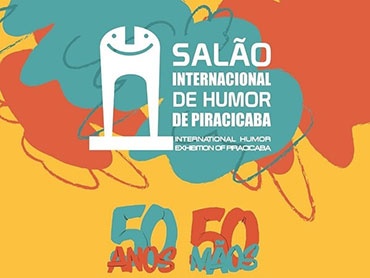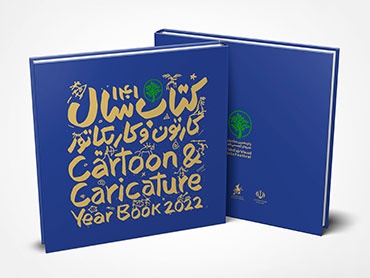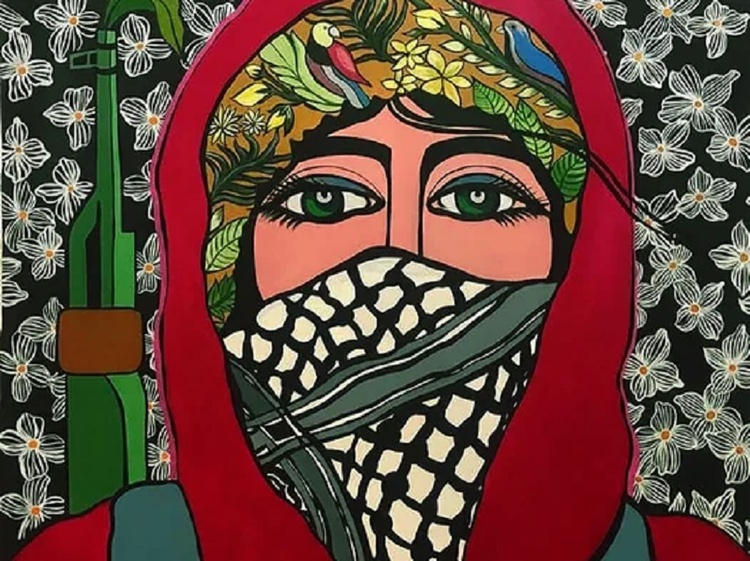
A group exhibition presents, through works by artists from Gaza to Lebanon
Material for an Exhibition: Stories, Memories and Struggles of Palestine and the Mediterranean
At the Santa Giulia Museum in Brescia, a group exhibition presents, through works by artists from Gaza to Lebanon, the power of art as a tool for memory, solidarity and resistance.
3/11/2025 - From November 8, 2025 to February 22, 2026, the Santa Giulia Museum in Brescia hosts Material for an Exhibition: Stories, Memories and Struggles of Palestine and the Mediterranean, an exhibition that brings together works by artists from territories marked by conflict and migration.
Curated by Sara Alberani and promoted by the Municipality of Brescia and the Brescia Museums Foundation, the exhibition is one of the most anticipated events of the eighth edition of the Peace Festival.
The project stems from the idea of revitalizing the Eltiqa Group of Contemporary Art, a historic art space in Gaza destroyed in 2023, by exhibiting some works that survived the bombing. Participating in this ideal reconstruction are the co-founders of the collective, Mohammed Al-Hawajri and Dina Mattar, along with Lebanese artist Haig Aivazian and Palestinian artist Emily Jacir, winner of the Golden Lion at the 2007 Venice Biennale.
The exhibition's title, which pays homage to Emily Jacir's work "Material for a Film," evokes the plurality of expressive languages—installations, video, photography, painting, and drawing—as well as the material conditions in which many artists work, often marked by the loss of archives, works, and places of memory.
The exhibition aims to overcome the victimization/criminalization dichotomy in the narrative of Palestine and the Mediterranean, emphasizing the value of art as a means of building bonds of solidarity and imagining alternatives to conflict.
The exhibition opens with paintings and drawings by Al-Hawajri and Mattar, co-founders of Eltiqa, who narrate the daily life and resilience of Gaza through intimate and poetic images.
Al-Hawajri intertwines historical memory and everyday life, transforming the pain of occupation into symbolic and ironic narratives, while Mattar uses painting as an instrument of joy and resistance, populating his canvases with vibrant female figures and domestic scenes.
Following this, the work of Haig Aivazian, a Lebanese artist whose research explores power structures and control mechanisms in contemporary societies, is presented. Among the works on display are All of the Lights (2021), an immersive video installation about the use of light as a surveillance tool, and 1440 Couchers de Soleil par 24 Heures (2017/2021), which reproduces heat maps of human movement through a luminous design on the museum walls.
The exhibition concludes with Emily Jacir, one of the most influential voices in contemporary Palestinian art, presenting works that intertwine memory, exile, and belonging.
Among them are Material for a Film (2005–ongoing), an installation composed of a thousand blank books riddled with bullets, a symbol of violence against culture and memory, and Memorial to 418 Palestinian Villages (2021), a large embroidered curtain that brings back to life Palestinian villages destroyed in 1948.
Also on display is We Ate the Wind (2023), presented for the first time in Italy, which brings together stories of migration from southern Italy and Palestine, linked by a common Mediterranean culture.
Source
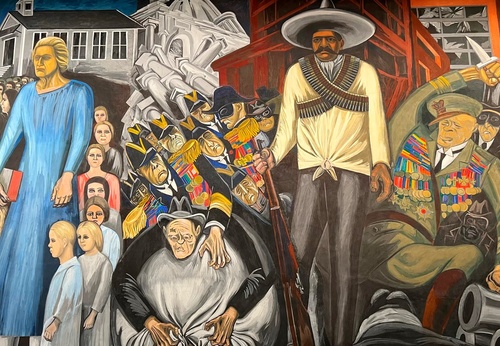
- December 20, 2025
Painting in the Americas: Origins and Early Development in Latin America

- December 20, 2025
Costantini Acquires the Daros Collection of Latin American Art
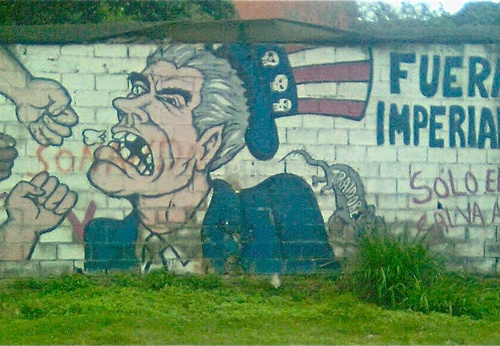
- December 20, 2025
Key Latin American Artists in the Anti-Imperialist Struggle

- December 20, 2025
Moana - Inner Workings



- December 20, 2025
Eddy Fortunato - Brazil

- December 19, 2025
Gallery of Scratchboard Illustration by Roger Xavier – USA
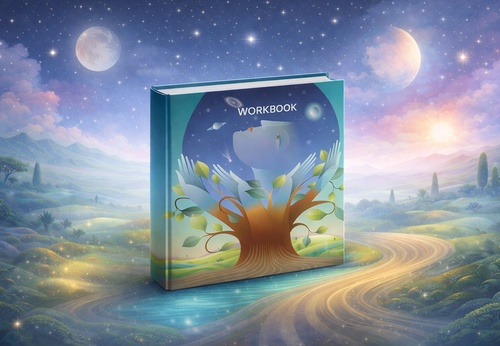
- December 19, 2025
WORKBOOK'S Directory of Illustration 2025

- December 20, 2025
Costantini Acquires the Daros Collectio…

- December 17, 2025
ARCOmadrid Announces Participating Gall…

- December 17, 2025
Eduardo Costantini Acquired a Collectio…

- December 15, 2025
From Chile to Gaza: «Palestine Cries,»

- December 15, 2025
Latin American Artists MACLA and Montal…

- December 15, 2025
The Houston Museum That Doubled in Size…

- December 14, 2025
Brazilian Artist's Exhibitions at the V…

- December 13, 2025
Art for Gaza

- December 10, 2025
Pinta Miami 2025 Reaffirms the Strength…

- December 09, 2025
“GENOCIDE” Exhibition and Controversy O…

- December 09, 2025
Indigo Celebrates its 21st Anniversary …

- December 07, 2025
7 Art and Culture Recommendations for T…

- December 07, 2025
Why is Frida Kahlo the woman with the m…

- December 06, 2025
Argentine Art Makes a Grand Entrance at…

- December 06, 2025
Pinta Miami Highlights Sustainable Lati…

- December 04, 2025
Pinta Miami 2025: Epicenter of Contempo…

- December 03, 2025
Pinta Miami Boosts Latin American Art

- December 02, 2025
Exhibition “Unspeakable Gestures,” by A…

- December 02, 2025
Malba: “Pop Brasil” is an essential exh…

- December 01, 2025
Key Fair for Contemporary Latin America…

- October 08, 2023
Illustrations reflect the brutal Israel…

- December 25, 2023
The jury statement of the Iran-Brazil F…

- July 29, 2023
History of Caricature in Brazil

- March 21, 2024
The history of art in Palestine

- May 22, 2025
Brady Izquierdo’s Personal Exhibition O…

- September 01, 2023
Neural Filters in new photoshop 2023

- April 20, 2024
Poignant Image of Grief Wins Mohammed S…

- October 21, 2023
Erick Meyenberg and Tania Ragasol at th…

- June 29, 2024
Exhibition at Centro MariAntonia contra…

- May 15, 2024
Eleven murals for Gaza painted across t…

- February 18, 2024
7 Ways to Understand What Visual Arts A…

- March 14, 2024
museum of statue of van gogh

- May 25, 2025
Bordalo II to hold exhibition in Paris …

- March 15, 2024
museum of sculpture of Salvador Dali

- May 20, 2024
Latin American Festival of Performing A…

- March 30, 2024
illustration websites in Latin America

- August 09, 2023
Venezuela mural expresses solidarity wi…

- July 30, 2024
The artist from San Luis Mirta Celi rep…

- May 27, 2025
Works by Botero, Grau, and 80 other imp…

- January 23, 2025
Art Palm Beach 2025

- May 15, 2024
Eleven murals for Gaza painted across t…

- February 18, 2024
7 Ways to Understand What Visual Arts A…

- January 02, 2025
13 commemorations that will mark the cu…

- October 17, 2023
The influence of Latin American artists…

- February 03, 2024
THE HISTORY OF NAIF ART

- July 02, 2024
One of the largest urban art galleries …

- October 08, 2023
Illustrations reflect the brutal Israel…

- November 17, 2023
Fernando Botero's work is booming after…

- July 29, 2023
Piracicaba International Humor Exhibiti…

- November 06, 2023
Heba Zagout: Palestinian artist murdere…

- December 25, 2023
The jury statement of the Iran-Brazil F…

- December 10, 2023
Sliman Mansour and Palestinian art on t…

- March 14, 2024
museum of statue of van gogh

- February 01, 2025
A maior exposição de Botero em Barcelona

- March 21, 2024
The history of art in Palestine

- July 20, 2024
First International Mail Art Biennial 2…

- April 20, 2024
Poignant Image of Grief Wins Mohammed S…

- October 30, 2023
Palestinian turns images of the Gaza co…

- September 01, 2023
Neural Filters in new photoshop 2023

- February 08, 2024

